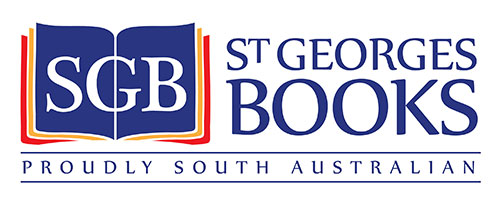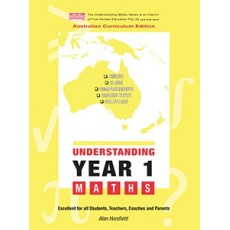Understanding Year 1 Maths: Australian Curriculum Edition
Edition:
1
ISBN:
9781741307900
Publisher:
FIVE SENSES EDUCATION
Published Date:
Price:
$32.95
| This book provides a structured and clear interpretation of the Australian mathematics curriculum, detailing what a child is required to know by the end of Year 1. It covers the syllabus topic by topic, explaining what is to be taught and how it is being taught in Australian classrooms. It is a comprehensive, well-presented and easy to understand book which provides an ideal reference for parents to consult when they wish to provide assistance in supporting the development of their child's mathematical understanding. The Australian mathematics curriculum caters for the acquisition of basic concept skills and processes. It contains three content strands: Number and Algebra, Measurement and Geometry, and Statistics and Probability. Each of these are divided into a number of sub-strands or topics, which set out what needs to be learnt. Entwined with these are the four proficiency strands of Understanding, Fluency, Problem solving and Reasoning, which determine how the content is studied and developed so that mathematical learning and understanding continue to progress over the years. This book generally follows the basic format of the Australian Curriculum Mathematics, which provides that by the end of Year 1, students should be able to do the following: •Describe number sequences resulting from skip counting by 2’s, 5’s and 10’s. •Identify representations of one half •Recognize Australian coins according to their value. •Explain time durations. •Describe two-dimensional shapes and three-dimensional objects. •Describe data displays. •Count to and from 100, and locate numbers on a number line. •Carry out simple additions and subtractions. •Partition numbers using place value. •Continue simple patterns involving numbers or objects. •Order objects based on lengths and capacities using informal units. •Tell the time to half an hour. •Use the language of direction to move from place to place. •Classify outcomes of simple familiar events. •Collect data by asking questions, and draw simple data displays. |


